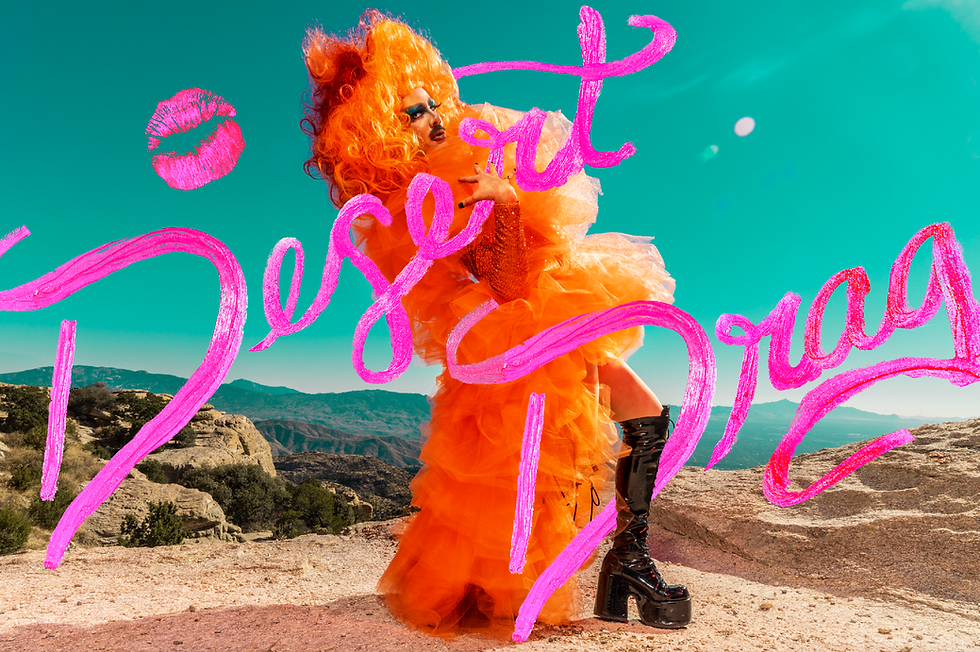Creating A Point Of Focus
- Katelin Kinney
- Jun 2, 2016
- 2 min read
I've mentioned before that the ultimate goal in any image is to be able to intentionally direct your viewer's eye. Do you want them to look in the center first? Off to the side? In a corner? All are perfectly fine, but there are certain ways to help enhance the influence on the viewer's decision of where to look first, second, third, etc.
Obviously composition is a huge aspect and, for me, is the first thing I think about and plan out when deciding where I want people to focus on first in the image. Often in my images I use defocused objects in the far foreground to help draw in the viewer. It is natural human instinct to see something blurry and instantly look past it to see what's in focus beyond it. So for example in the image below the viewer may see blurriness, but the first focal point is most likely going to be the face of the model. Eventually the viewer will circle around and see the soft colors and flowers around the foreground. By blocking out so much space with defocused objects I'm directing the viewer's eye past them to a specific point in the image.

Contrast is another huge aspect to think about. Too often I'll see photographers have great contrast, but they have that contrast just all over the image, in every single square inch. The power of a high contrast area is to allow it to stand alone. Of course there are exceptions, but the majority of the time if you have an even contrast all over then you lose direction and the image becomes flat. Below is an example on the left of having contrast all over vs the image on the right having just a specific area with high contrast.

Both color contrast and light contrast matter. Let those colors become less saturated, let that light become more dull. Not every area has to pop. On the contrary if every area popped then nothing would appear to actually pop. You need softer areas in order to enhance the sharper areas (be it sharp in focus, color, or light).
Using opposing or contrasting colors can also help bring focus to a certain area. I often like having cool and warm colors working together to highlight certain areas. In this image below all of the warm colors, while pretty, were letting the model's figure blend in to the background too much. I decided to have the walls be a dull, cool color so that the warm skin tones and warm leaf colors would pop.

Lastly, a good habit to practice is to apply a hue and saturation filter to turn your image to black and white. This is the last step I take when I feel like I'm finished with an image. Sometimes colors can be so pretty and just look so awesome that they become a crutch. Double check by turning your image to black and white. If it still stands up as being an awesome image (composition, contrast, sharpness) then you've got a winner and can welcome all those wonderful colors back in all their glory. It just helps to strip down your photo to the bare bones and see what you've got!





Comments